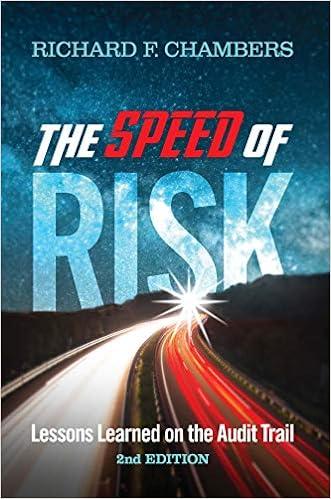ammy Slick works for employees make based on the organization's financial performance. Although the minimum match is years the company match is about 50%. Sammy is arrently 30 years old and makes $35,000. He wants to retire at age 60 He expects his salary to increase in any given year to be at least 2% per year, at most 6%, and most likely 3.5%. The funds contributed by Sammy investments to vary according to a normal distribution with a mean of 12.5% and standard deviation of 2%. a. If Sammy contributes 10% of his income to this plan, how much money could he expect to have at age 60? Round your answer to three decimal places. a co mpany that allows him to contribute up to 10% of his earnings into a tax deferred savings plan. The company matches a portion of the contributions its 25% of the employee's contributions and the ma imm match is 100%, in most and his employer are invested in mutual funds. Samm r e peas the an uitm?Mr million b. Suppose Sammy makes 10% contributions to this plan for eight years, from age 30 to 37, and then stops contributing. How much of his own money would he have invested and how much money could he expect to have at age 60? Round your answers to three decimal places, if necessary. Total investment million Ending balance c. Now suppose Sammy contributes nothing to the plan his first eight years and then contributes 10% for twenty-three years from age as to ages. How much of his own money would he have invested and how much money could he expect to have at age 60? Round your answers to three decimal places, if necessary million otal investment Ending balance d. What do you learn from Sammy's example? million Invest early ammy Slick works for employees make based on the organization's financial performance. Although the minimum match is years the company match is about 50%. Sammy is arrently 30 years old and makes $35,000. He wants to retire at age 60 He expects his salary to increase in any given year to be at least 2% per year, at most 6%, and most likely 3.5%. The funds contributed by Sammy investments to vary according to a normal distribution with a mean of 12.5% and standard deviation of 2%. a. If Sammy contributes 10% of his income to this plan, how much money could he expect to have at age 60? Round your answer to three decimal places. a co mpany that allows him to contribute up to 10% of his earnings into a tax deferred savings plan. The company matches a portion of the contributions its 25% of the employee's contributions and the ma imm match is 100%, in most and his employer are invested in mutual funds. Samm r e peas the an uitm?Mr million b. Suppose Sammy makes 10% contributions to this plan for eight years, from age 30 to 37, and then stops contributing. How much of his own money would he have invested and how much money could he expect to have at age 60? Round your answers to three decimal places, if necessary. Total investment million Ending balance c. Now suppose Sammy contributes nothing to the plan his first eight years and then contributes 10% for twenty-three years from age as to ages. How much of his own money would he have invested and how much money could he expect to have at age 60? Round your answers to three decimal places, if necessary million otal investment Ending balance d. What do you learn from Sammy's example? million Invest early







